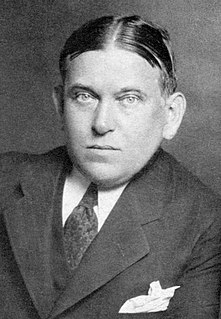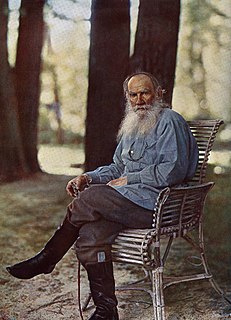Top 39 Quotes & Sayings by Debbie Millman
Explore popular quotes and sayings by an American writer Debbie Millman.
Last updated on April 21, 2025.
Humans metabolize their purchases very quickly, even if it seemed worth it for any number of reasons when you first bought it. After some time passes, people will go back to feeling the baseline feelings they had previously felt about themselves, no matter how shiny the object, the hair, or the experience.






















